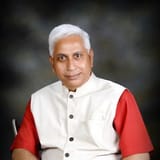A Centennial Tribute
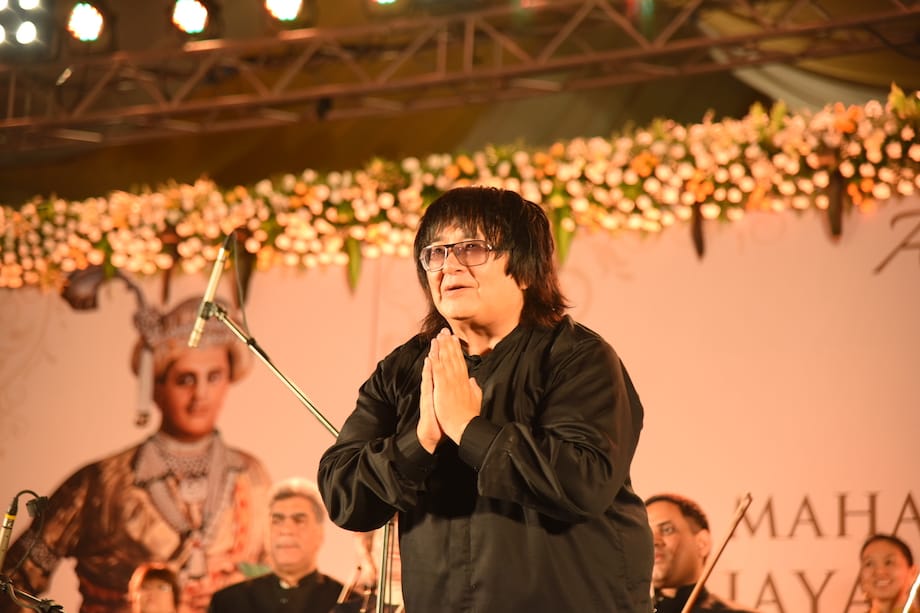
Music they say heals body, mind and soul. But one can be transported to a different world, even, talking to enlightened and genius musicians. This was the experience that I had when I caught up with the Symphony Orchestra of India’s Music Director, Marat Bisengaliev, in Bengaluru, after his performance at the Mysore Palace on July 18, 2019. The cherubic, outspoken, completely in tune with the music world, Marat, who was to perform at the Bangalore Palace that evening as part of Sri Jayachamaraja Wadiyar birth centenary celebration, spoke at length on what a symphony orchestra is all about, how he despises being called a conductor, his role in making of the SOI and his views about national anthems. Some excerpts…
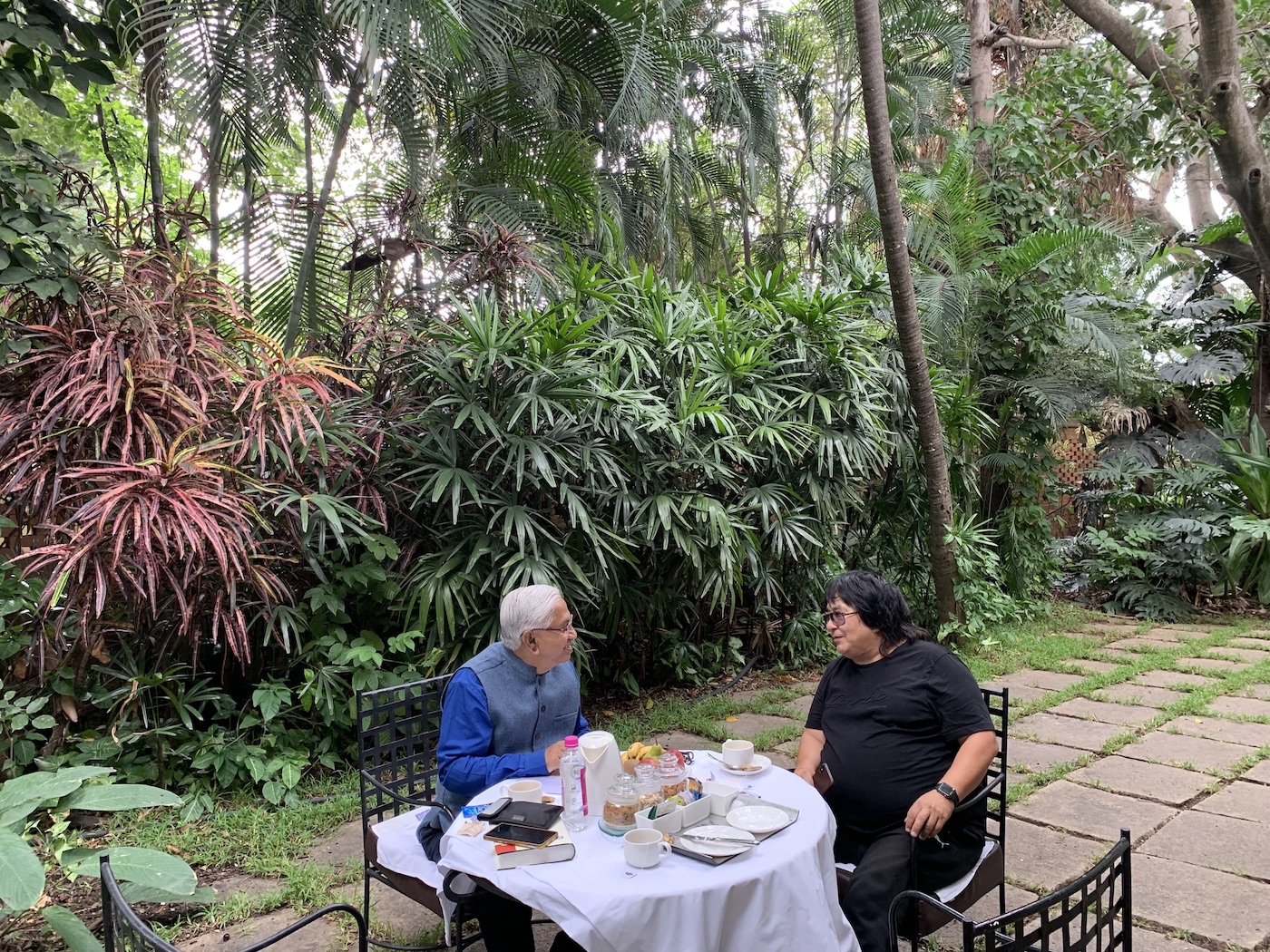
N Niranjan Nikam: The most fascinating aspect of the orchestra for a layman is watching the conductor in action and it was the same experience we had watching you performing at the Mysore Palace on Sri Jayachamaraja Wadiyar’s Birth Centenary on July 18. What goes into the making of a conductor?
Marat Bisengaliev: Conducting is such a mysterious profession because this is the only music profession where the guy doesn’t make a sound. He just makes a manual and nothing happens. Without an orchestra, he is absolutely nothing. So, I quite often just think what is a conductor? The one on the stage is not the one who actually makes the music. The one who prepares the orchestra for the stage and then like Thomas Beecham says, you just press the button. The most important thing is to start and to finish. What goes in between doesn’t matter. That is what Thomas Beecham said and he is absolutely right (laughs uproariously) because everything goes before the concert. You prepare and bring this statue which is ready for the play. All you have to do is just take the cover off and then you show the work. The orchestra basically plays themselves.
I don’t like it when the whole attention goes to the conductor, because the most fascinating things are happening in the orchestra. The composition, the accompaniment, the development, is the secondary thing. The conductor is unfortunately a sort of abstraction because it somehow creates the focal point. That is why quite often I just leave the podium and go, so that people can concentrate only on the orchestra.
NNN: You were born in Kazakhstan and you are a child prodigy, as you made your debut in an orchestra at the age of nine. What is your background of this early passion for music?
MB: I wouldn’t say nine is a child prodigy, because by Russian standards, by four or five or six you really play some of the best concertos. I wasn’t really better than other players at school although the competitiveness was very high. And this is something which I am trying to build here in Mumbai in the SOI Music Academy. There is healthy competition between children and it is not a cut throat competition which drives the standard up. That is why when you listen to the kids orchestra you see the difference in the standard compared to the others.
My early passion for music – I think it is karma. I do think that from the very beginning there was a feeling that I was the one on the stage. I know that I will be playing on the stage. I can’t call it arrogance as that is knowledge and I never doubted that. It was little by little during my formative years I accelerated my learning and became better than others. Actually I was very late to develop in my twenties and then thirties.
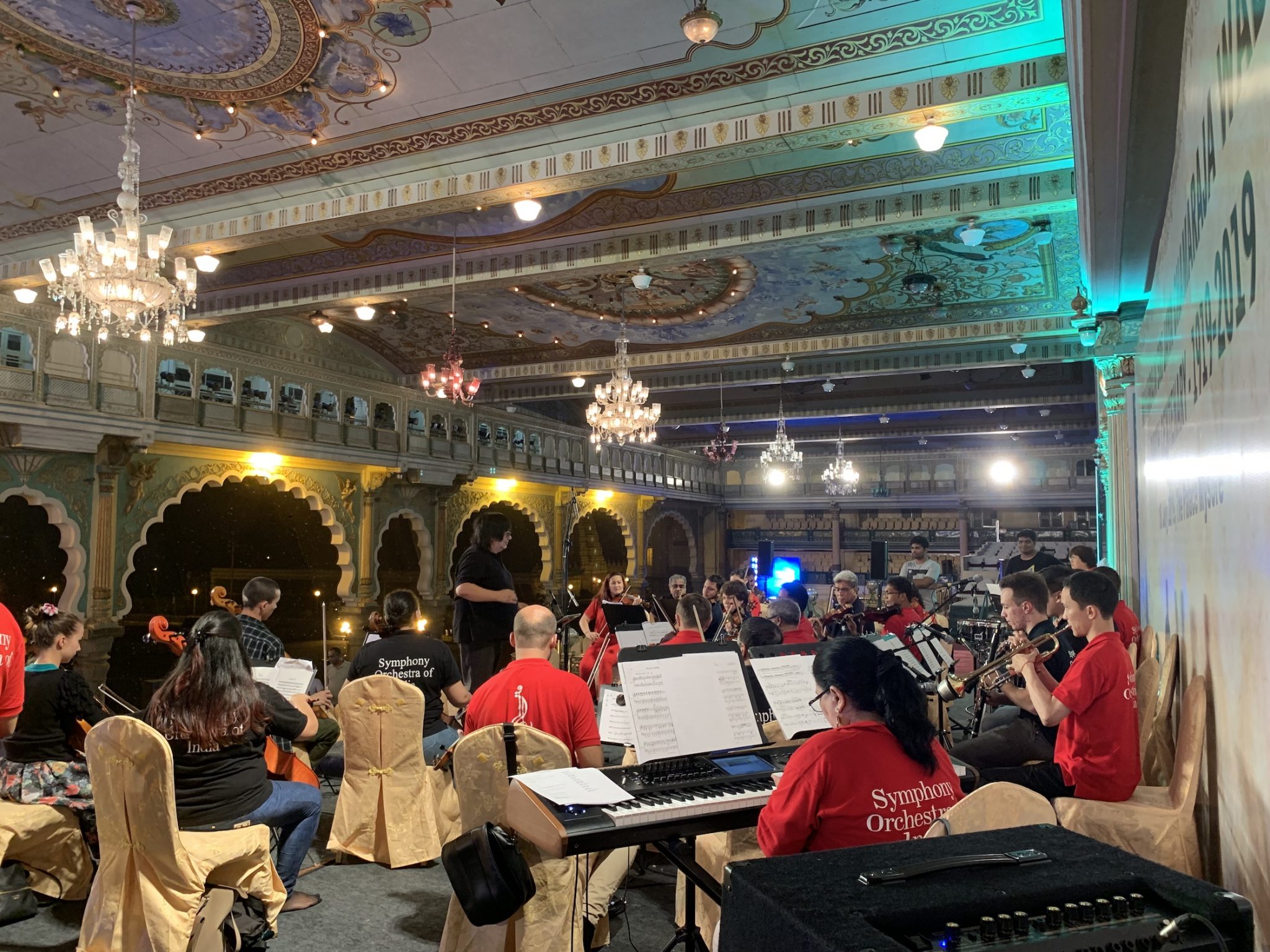
NNN: Tell us how your connection with India began?
MB: It began by pure chance when we were giving a concert in St. James’. It is a beautiful old church right in Piccadilly in centre of London and I remember it was a concert during the day and somehow after the concert, a very attractive looking tall guy appeared in my green room and introduced himself as Khushroo Suntook. He was at the time Vice Chairman of National Centre for the Performing Arts and he said, would you like to come to Mumbai? I said of course and in three months we already were in Mumbai with the same orchestra with which we performed in St. James’. So, you could say that is pure chance. But I think this meeting was something that was meant to be.
Even when we talk about Mysore, we talk about the great Maharaja Jayachamaraja Wadiyar, who was very knowledgeable and adored Western classical music. I just wonder why he never connected with Dr. Jamshed J. Bhabha. He could have easily created his own symphony orchestra instead of creating the Philharmonia in England, and pumping a lot of money into that orchestra. The Philharmonia in London is a great orchestra and I have played with them many times. But for the fraction of this money if he had somebody like Khushroo or somebody like me, he could have created Symphony Orchestra of India in Mysore. That is a lost opportunity for Mysore but it is a real good luck for me.
NNN: The Chairman of NCPA, Khusroo N. Suntook, speaks very highly of you and believes that you are in a different league altogether. Share with us the chemistry between you two.
MB: Well, it is not just mutual respect but it is true friendship. I really admire him as a man and every minute of spending with him is really valuable. He is an incredibly knowledgeable and I can tell you as a musician myself, I feel like an amateur compared to him because he knows so much more than me in everything. I am like a pupil when I talk to him. The SOI was of course a big decision and people thought that this is a mad crazy decision and they thought that in two to three years it will fold. But it is already nearly 14 years and still going strong. In my opinion the most important thing, more important than the SOI is the creation of the school. Because, the school is the one, which right now people don’t understand its importance. But the school would give the future for the symphony orchestra.
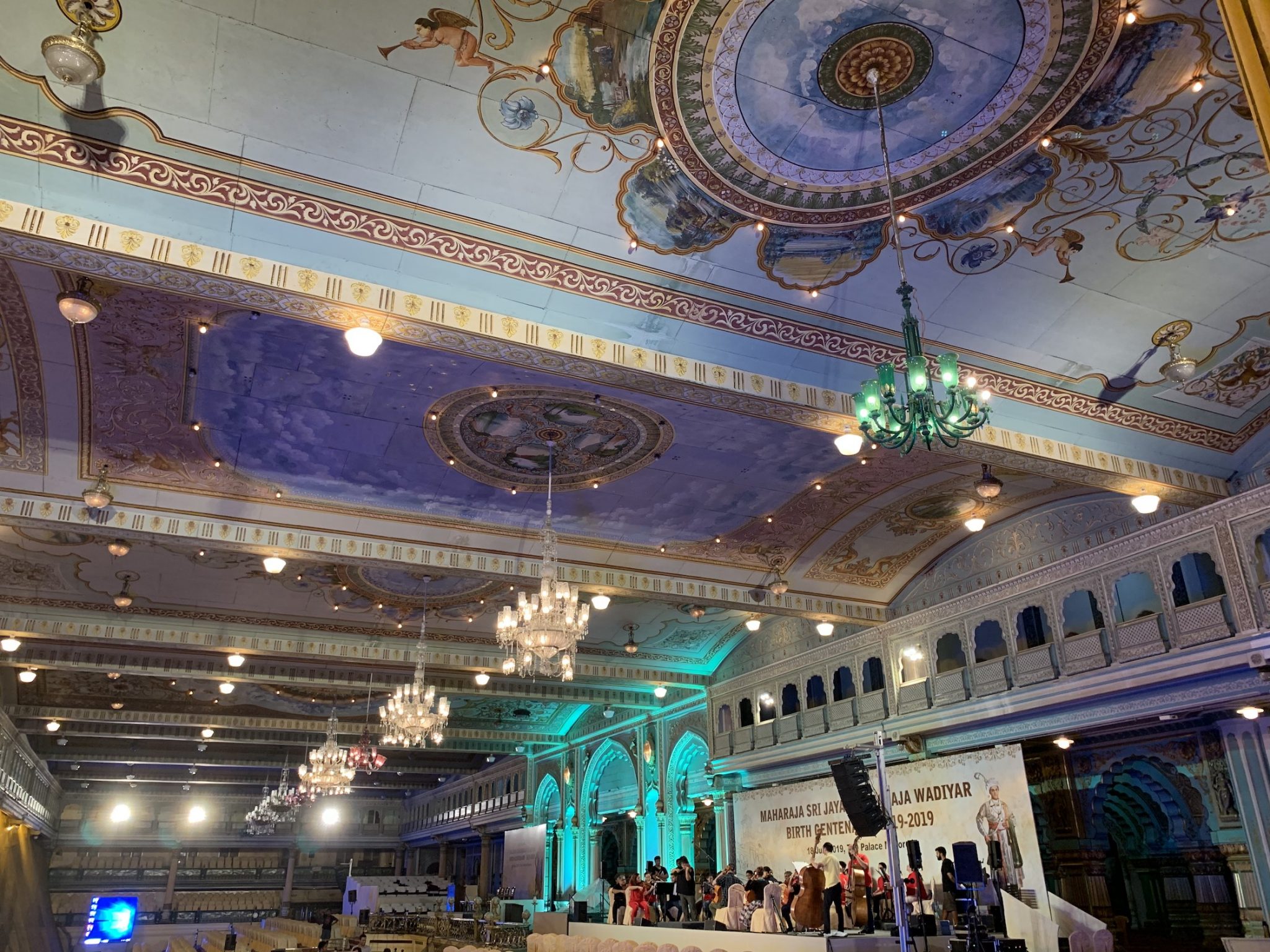
NNN: I saw that you did not carry a conductor’s baton. Why do you not carry it?
MB: I had the baton when I conducted the Mysore Anthem and also the Beethoven at the end. I found that it is easier to conduct with the baton because it is highly visible for the musicians. But when the orchestras are small it is not necessary because you can do more expressive things only with your hands. You could show most of the subtlety of music with bare hands and although the baton gives more precision to the beat and so on, I found that the bare hands give more expressiveness in music. I found that I could get more from the players especially in a smaller chamber orchestra where the subtlety is the key to great music making.
NNN: How was it playing ‘Kayo Shri Gowri,’ the official Mysore Anthem?
MB: Well, it was specially arranged for the orchestra so we took time to make it in the right form and some harmonies were also westernised. The unusual thing, which also happens in the Indian National Anthem, is that it finishes on the dominant. Dominant sounds like a question mark so it finishes on the question mark rather than an exclamation mark. That is the only difference I found in these two anthems from any other anthem in the world. Both of them finish on the dominant.

